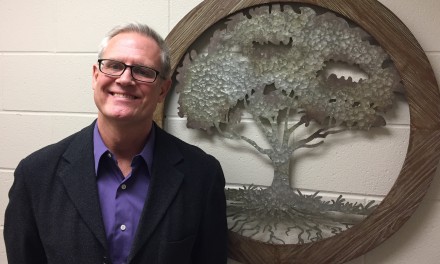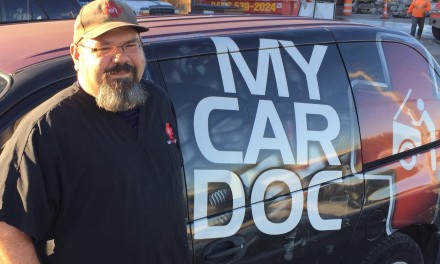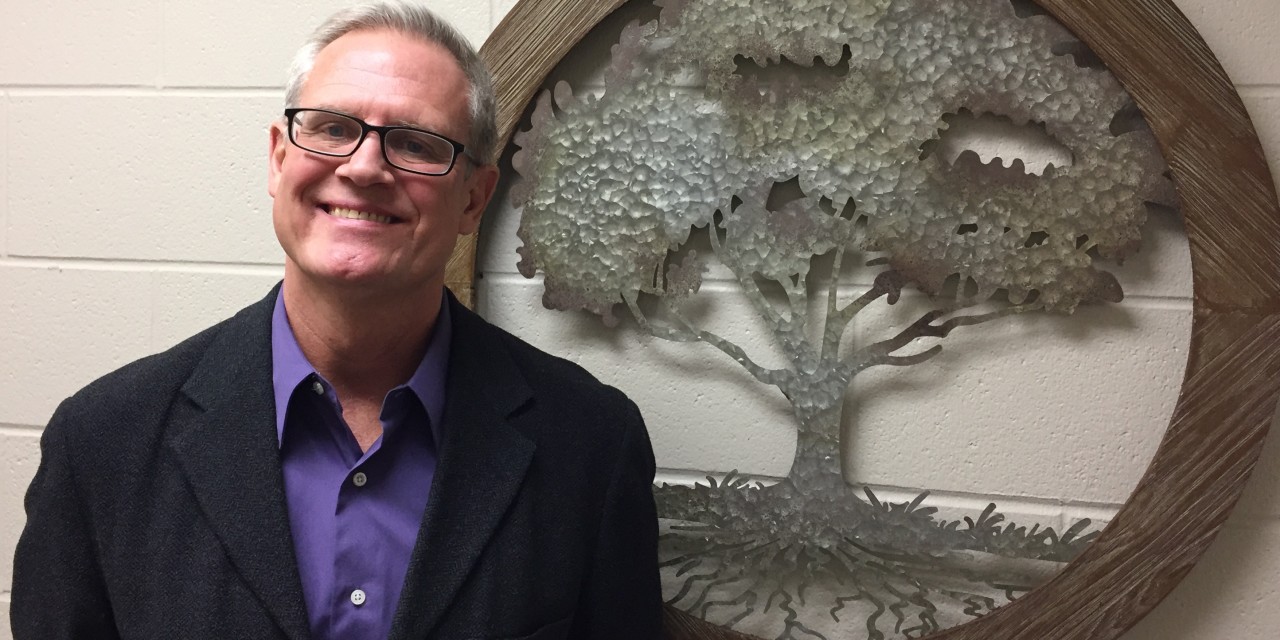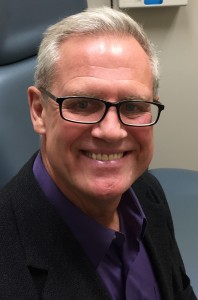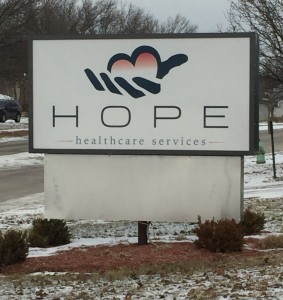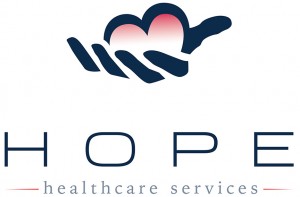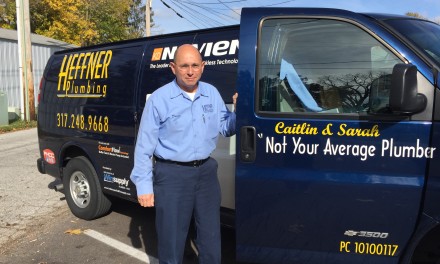One group who feels the healthcare crunch is entrepreneurs and small business owners. Getting insurance and affordable health care is a challenge for them as individuals as well as in their role as employers. However, there will be a new option to address primary healthcare needs coming available in April, 2017: Direct Primary Care at Hope Healthcare Services in Avon, Indiana.
The Direct Primary Care (DPC) program is subscription-based and, just as the name implies, provides a direct medical and financial relationship between the physician and the patient. More and more DPC practices have begun to appear in recent years, however, Hope Healthcare Services, at this writing, is the only such service in Hendricks County. Although Hope Healthcare is in Hendricks County, the program will be open to anyone, not just residents of Hendricks County.
DPC practices bypass insurance. According to John Mollaun, Hope Healthcare Services Executive Director, DPC offers patients the full range of comprehensive primary services (Including routine care, regular checkups, preventative care, and care coordination) in exchange for a flat, recurring retainer fee that is billed to patients on a monthly basis. DPC clinics do not bill insurance companies, government programs, or other third-party payers for their services.
In addition, the Hope Healthcare Services DPC provides access to labs and radiology facilities for tests at a reduced rate. They also assist patients in securing the most low-cost prescription medications available to them.
The DPC model is growing in popularity across the nation. By having a direct financial relationship with the physician and clinic, it eliminates the paperwork associated with insurance companies and government agencies. According to Mollaun, this difference eliminates the overhead fees that can be up to 40% of a typical fee-for-service visit. Mollaun said, “This system hits some of the pain points for both physicians and patients. It is a solution to some of the problems in the health system. It might not be for everyone, but it has its place.”
What are the benefits to Direct Primary Care?
DPC practices maintain a lower patient to doctor ratio. A DPC physician generally services about 600 – 1,000 patients per healthcare provider (physician/nurse practitioner). A practice with the common fee-for-service model usually services 2,000 or more patients per healthcare provider. This provides several benefits to both physician and patient:
- Because the physician attends fewer patients, more time can be devoted to each patient during visits, up to 60 minutes.
- Patients can see their doctor more often and develop strategies for improved health and wellness.
- Appointments can be scheduled quicker.
- Patients have greater access to the physician and other healthcare providers. Besides visits, patients can contact health care providers through the phone and email.
- THE DPC clinic provides (sometimes very significant) savings on lab work, imaging, and prescriptions.
With the DPC model, Mollaun suggests, you can develop a relationship with the doctor to work to keep you healthy, not just to treat you when you are sick. Seeing a physician more often, even when you feel good, can mean health conditions can be diagnosed and treated earlier, greatly reducing the negative effects on your health as well as reducing the overall cost of the treatment or cure.
When you hear about someone getting sick or having a health issue “all of a sudden,” chances are good that the issue has been present for some time, just undetected. Early detection improves the odds for better long-term outcomes.
An article by John Russell in The Dose (IBJ blog), he says that “a study by the Centers for Disease Control and Prevention, 14.8% of people in Indiana say they don’t have a go-to place for medical care.” While that might sound like it’s not too bad (Indiana ranked 18th out of 50 states), the study went on to show that 35.6% of Indiana residents (aged 18 – 64) did not visit a general practitioner during the year 2014. Yes. More than one-third of your fellow Hoosiers did not see a general practitioner for the entire year. That begs to ask how health care is viewed. Is it only for when you are not well, or is to get and stay well?
What about insurance?
With the cost of insurance premiums today, it is commonly recommended that consumers regularly review their needs against the costs of the insurance policies they purchase.
Many people get policies that will provide the greatest coverage for the dollar they can spend. However, at the end of the year when their healthcare expenses are tallied, the likelihood is that the cost of the premiums far outweigh the expenses they incurred and amount they saved through their insurance.
If an individual goes to the doctor for a check-up once a year and saw the doctor for an illness once or twice, they have to stop to ask if the money they spent on all the insurance premiums were worth the savings they got. According to his research, Mollaun says that primary care accounts for 80-90% of an individual’s health care.
Because DPC addresses the primary care needs of the patient, individuals and families are able to change the way they use health insurance.
Mollaun said, “Patients who choose to use DPC doctors still must buy health insurance – to cover the costs of any serious illness and to comply with the federal Affordable Care Act.” DPC patients pay separate fees for primary care and save the health insurance for emergencies and big expenses. He likens it to how consumers use car insurance: you pay out-of-pocket for oil changes, and save the insurance for accidents.
A wraparound health insurance policy, therefore, can be purchased at a lower premium with higher copays, deductibles and out-of-pocket expenses. When combining the DPC with a lower-cost wraparound insurance policy, individuals and families are likely to pay less in total healthcare costs.
Direct Primary Care is good news for employees as well as employers
Although they may desire to provide health care benefits to their employees, many small business owners are financially unable to do that. However, with the lower cost of a DPC, employers may be able to afford to provide some benefits for an employee and/or the employee’s family. Employers could subsidize some of the costs. For instance, a business owner could pay the employee’s monthly fee, the employee’s family fees, and/or a portion or all of the copay. It is up to the employer and the employee to determine the formula that works.
Because the subscription and service costs are so much lower than traditional health insurance, the employer’s expense is smaller, yet equally as significant for the employee.
Employers know that providing employees with benefits is one way to express appreciation and develop loyal, hard-working employees. In addition, with greater access to health care, employees have the opportunity to be healthier, which means less time off work and fewer germs in the workplace, too.
DPC is new, but Hope Healthcare is not
Hope Healthcare Services (formerly Kingsway Community Care Center) opened in June, 2005 and was established in October, 2006 as a 501c3 non-profit offering quality healthcare services to those in need of it.
Since that time, Hope Healthcare has provided medical and dental services to uninsured community members outside Marion County who do not qualify for government programs through a program called Community Care.
The clinical facility is well-equipped and the Community Care program is provided through volunteer medical providers for about 20% of the possible building-hours capacity. Patients pay a very small fee for visits and, if labs or radiology images are needed, the costs are low. From 2013 to 2015, Hope Healthcare saved Community Care patients more than $1.25 million in prescription costs.
Why offer a Direct Primary Care program?
Simply put, according to Mollaun, there is a need, and the mission of Hope Healthcare is to serve that need. “We have a lot of tools in the toolbox,” Mollaun said, “and we apply then as we can to help the patient. Our staff uses finds the best solution and help patients navigate the system. Most of all, we work to catch people who are falling through the cracks.”
Hope Healthcare staff has for some time searched for ways to better serve more individuals and families in the community. Mollaun said that even if the number of uninsured people in the area has been cut in half since 2014, he suspects that there are still thousands who don’t have insurance – or any viable healthcare options. “We have the facility,” Mollaun said, “We can leverage the resources we have, increase our reach and serve a greater portion of the population.
“Everything fit together,” Mollaun said. “We didn’t want to change who we are, but we are adding a new way to do what we can do. It’s a simple solution for the patient and the doctor … and for many small businesses, too.”
Individuals or employers who are interested in learning more can visit the website or contact John Mollaun. He is also available to speak to groups and organizations that would be interested in hearing about the Direct Primary Care program.
Reach Out
John Mollaun | Executive Director
Hope Healthcare Services
107 Park Place Blvd.
Avon, IN 46123
317-272-0708
info@myhopehealth.org
myhopehealth.org

